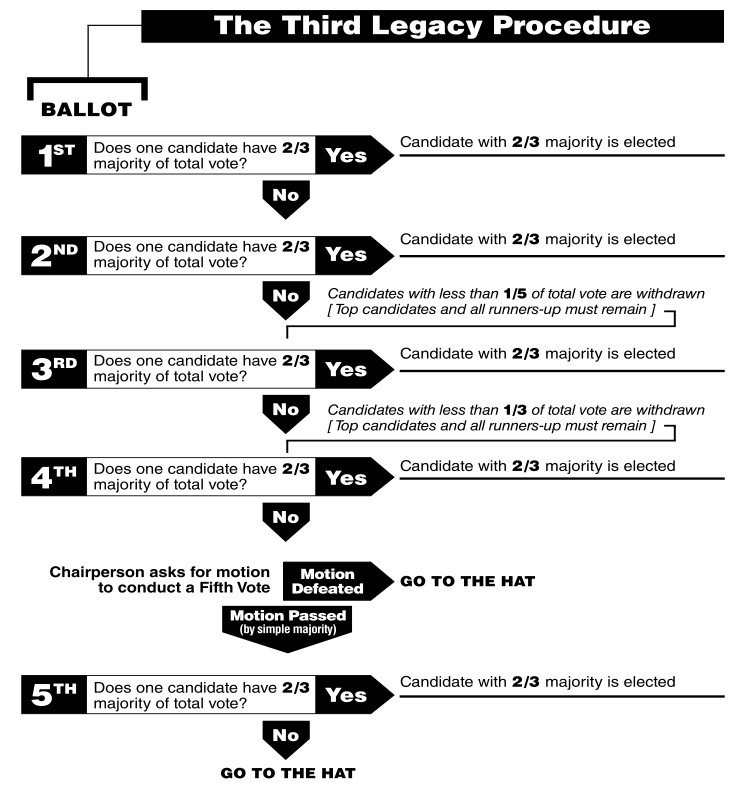No matter how carefully we design our service structure of principles and relationships, no matter how well we apportion authority and responsibility, the operating results of our structure can be no better than the personal performance of those who must man it and make it work. Good leadership cannot function well in a poorly designed structure. But weak leadership can hardly function at all, even in the best of structures. But once we have created a basically sound structure, that job is finished, except for occasional refinements.
With leadership we shall have a continuous problem. Good leadership can be here today and gone tomorrow. Furnishing our service structure with able and willing workers has to be a continuous activity. It is therefore a problem that in its very nature cannot be permanently solved. We must continuously find the right people for our many service tasks. Since our future effectiveness must thus depend upon ever-new generations of leaders, it seems desirable that we now proceed to define what a good service leader should be; that we carefully indicate in each level of service, especially in our Board of Trustees, what special skills will always be required; and that we review our present methods of finding and choosing that leadership.
“A.A. Service Manual Combined With Twelve Concepts for World Service, 2015-2016 Edition,” p. 34. A.A.W.S. All rights reserved.
It’s election time in Area 1 and, therefore, in District 8. As members of the “odd” panels, we hold our elections every two years, and those panels of trusted servants serve in the odd, then in the even year. Groups may hold elections for group servants at different intervals, but we encourage positions of general service (General Service Representatives (GSR) and Alternates (AGSR), District Committee Members (DCM) and their alternates (ADCM), along with those members who chair subcommittees of the District (Corrections, PI, CPC, etc.) be elected to serve concurrently with our Area Officers (Delegate, Alternate Delegate, Chairman, Treasurer, Secretary and Registrar) and Area committee chairs.
For information on the upcoming election assembly at Area 1, CLICK HERE to visit the Area 1 page of our website.
District 8 elections will be held during the regular District meeting October 1, 2016. In keeping with our informed group conscience at the district meeting, we will use the Third Legacy Procedure to elect a new DCM and ADCM. We will then use majority vote to elect a District Secretary, and to fill the chair position of our service committees. To understand the responsibilities and suggested experience needed to serve in any of these positions, consult the A.A. Service Manual, available HERE.


